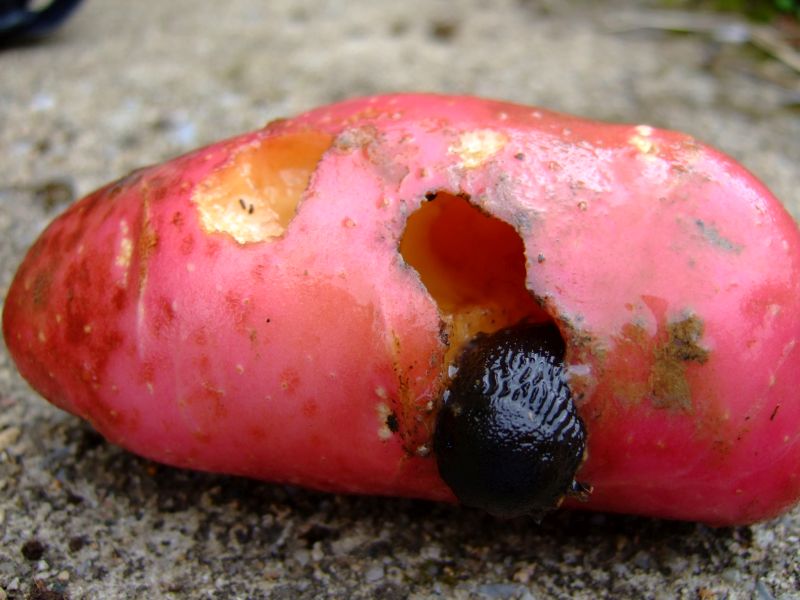
Targeted treatment techniques for slugs will be refined thanks to a new £120,000 investment.
The funds will help develop approaches to predict where slug patches are most likely to form in arable fields.
The new project will also explore the potential to modify off-the-shelf technology to assist with the application of molluscicides to the most slug-prone parts of a field.
Plans to withdraw metaldehyde-based slug pellets were derailed earlier this year, but authorisation remains fragile.
Charlotte Rowley, who manages pest research at AHDB, said: “There is tremendous interest in more precise application, as it will help reduce input costs and pollution risks to watercourses.
“It will also increase the viability of options associated with higher treatment costs, such as ferric phosphate and biological control.”
The project will build on a PhD project that used radio-frequency identification (RFID) tag technology to monitor slug movements.
It found that, despite varying in size, patches were sufficiently stable for targeted treatment.
Slug patches could also be located using commonly assessed soil characteristics, according to the research.
The latest investment will be used to identify the optimum combination of soil characteristics needed to pinpoint patch locations.
It will also be used to investigate how to create targeted application plans based on soil maps.
By working with industry, the team will also identify commercially available technology that can be adapted to allow the variable application of slug treatments.
Ms Rowley said: “This is an ambitious and exciting project that aims to develop a complete system for targeted slug treatment.
“Critically, the commercial viability of this system will be looked at throughout the project.”
